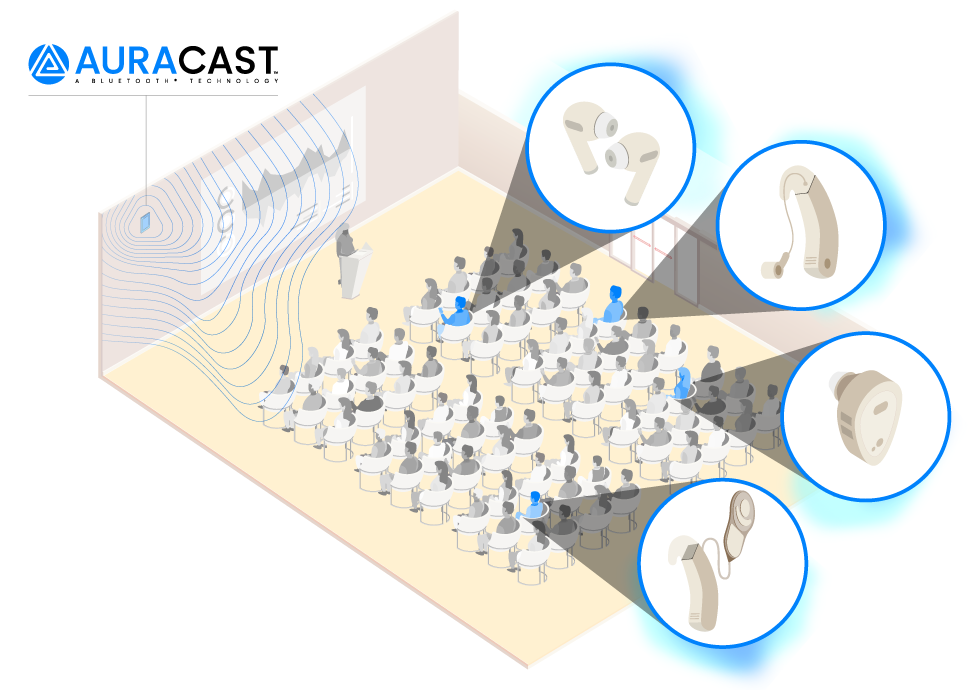For a game about navigating abstract, impossible geometry, Monument Valley ($4) is surprisingly straightforward. Unlike many puzzlers, it doesn’t put a strong premium on challenge: it tickles your brain, but rarely taxes it. Sure, moments will come in which a solution isn’t obvious, but most of the time, rotating the environment fiddling with the, dials, switches, sliders will reveal a solution.
at’s so appealing about Monument Valley, then? Only every single other part of the overall experience, which is as enrapturing as any game released this year on Android. Impeccable graphic design, emotive hints at a solemn backstory, incredibly clever level arrangements make a strong impact. It’s easily one of the most memorable games I’ve played on a touch device. And thanks to the new Forgotten Shores ($2) expansion, there’s even more to savor.
Impossibly great
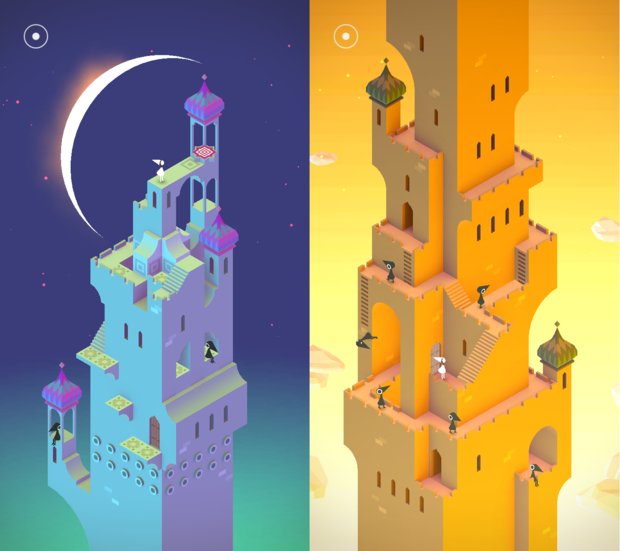
Monument Valley‘s environments are nothing short of magnificent, the visual polish really elevates the experience.
Monument Valley serves up a series of small worlds filled with ( built upon) illusions. ile there may be no clear road ahead from your initial perspective, rotating the scenery 90 degrees might join two previously separate paths into a perfect walkway. Real-world physical distance is ignored in favor of visual proximity; you can walk across two platforms that are actually far apart but appear to be in unison from a certain vantage point. at you see is what you get, in a fantastical sense.
That sort of mad logic is inspired by the artwork of M.C. Escher, but Sony’s brainy Echochrome on ayStation 3 also traversed similar terrain. Guiding tiny incess Ida to the goal in each stage requires a small bit of ingenuity with your interactions, whether it’s rotating platforms to reach odd surfaces, raising lowering sets of stairs, or moving a helpful totem to activate a switch. And the world designs are superb: my favorite level takes place entirely within a puzzle box, which opens from multiple points reveals different areas that correspond with one another. It’s simply marvelous to see.
As noted earlier, Monument Valley is rarely overwhelmingly difficult. ile curious unconventional, its rules are understable the interactive elements in each stage are prominently highlighted. But this is more than a mere collection of puzzles: it’s an adventure, an absolutely stunning one with the kind of breathtaking environments you’d want to print out hang in a cubicle. And the minimal audio design nicely blends ethereal soundscapes with string plucks paired to your interactions.
Monumental appeal
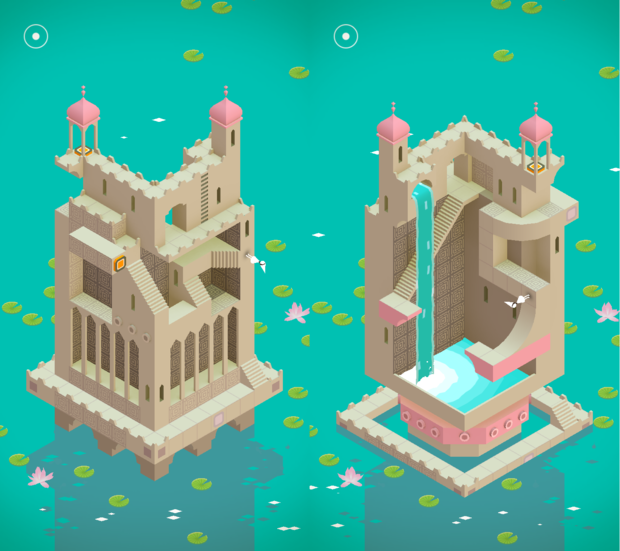
Each button you step on transforms the stage in some manner, after a couple of tweaks a 180-degree rotations, you’ll find a totally different area to explore on the opposite side. Monument Valley packs a lot of terrain into a single screen.
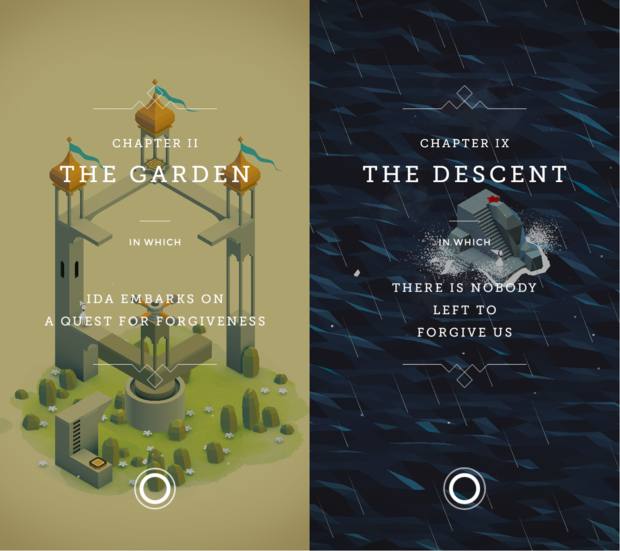
Monument Valley doesn’t have much in the way of overt storytelling, but you can glean a bit from the chapter descriptions, the rare dialogue spoken by ghostly figures, the quietly beautiful cut-scenes that appear later in the quest.
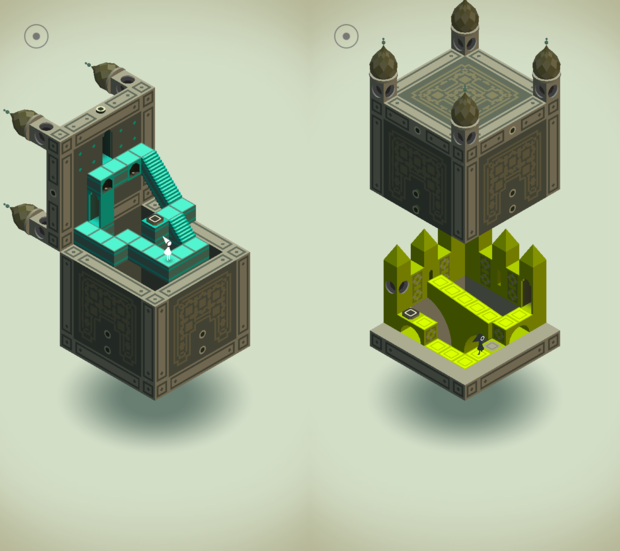
The level that resonates most with me after two playthroughs is the aforementioned puzzle box, which opens from multiple angles to reveal very different areas. I still recall my sense of wonder on the first attempt. It’s a marvelous creation.

Forgotten Shores adds eight more levels to the pile, along with this twisted new mechanic: the ability to physically contort some of the paths, which lead you to different sides of the structure. It gets kind of ridiculous in spots.
y it’s worth your money
Here’s where I might lose some of you. Monument Valley is a compact experience; the 10 levels are likely to last only a couple hours for most players. In an era of free-to-play games endlessly updated one-dollar affairs, some players have griped about the notion of value—that is, that a two-hour game isn’t worth four bucks. But I see value in quality above all: Monument Valley is creative captivating, that’s well worth a couple of dollars an hour.
It’s a debate that has sadly raged again with the new Forgotten Shores add-on pack, which adds another eight levels for a mere $2. That anyone would question compensating a creative team for months of additional work is baffling, the impressively crafted levels themselves more than justify the investment. Rather than simply continue the design themes of the original game, Forgotten Shores explores new mechanics—like pathways that can be twisted, which is a tricky wrinkle.
In fact, anyone who found Monument Valley too easy may appreciate the slightly raised challenge of the add-on. l told, the exped experience delivers a few strong hours of satisfying fun unlike anything else on Android, if that’s not worth $6, then I don’t know what is.
